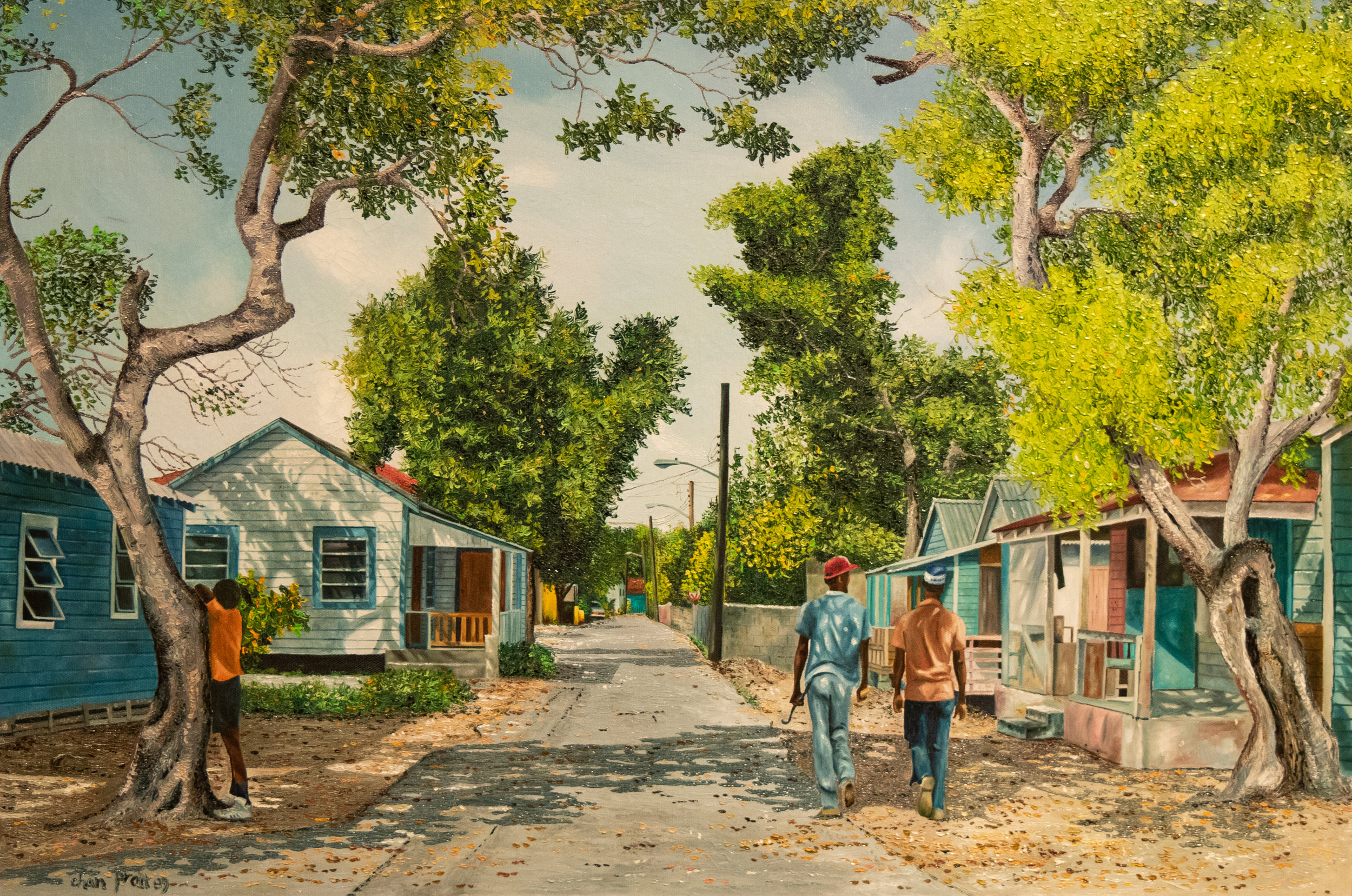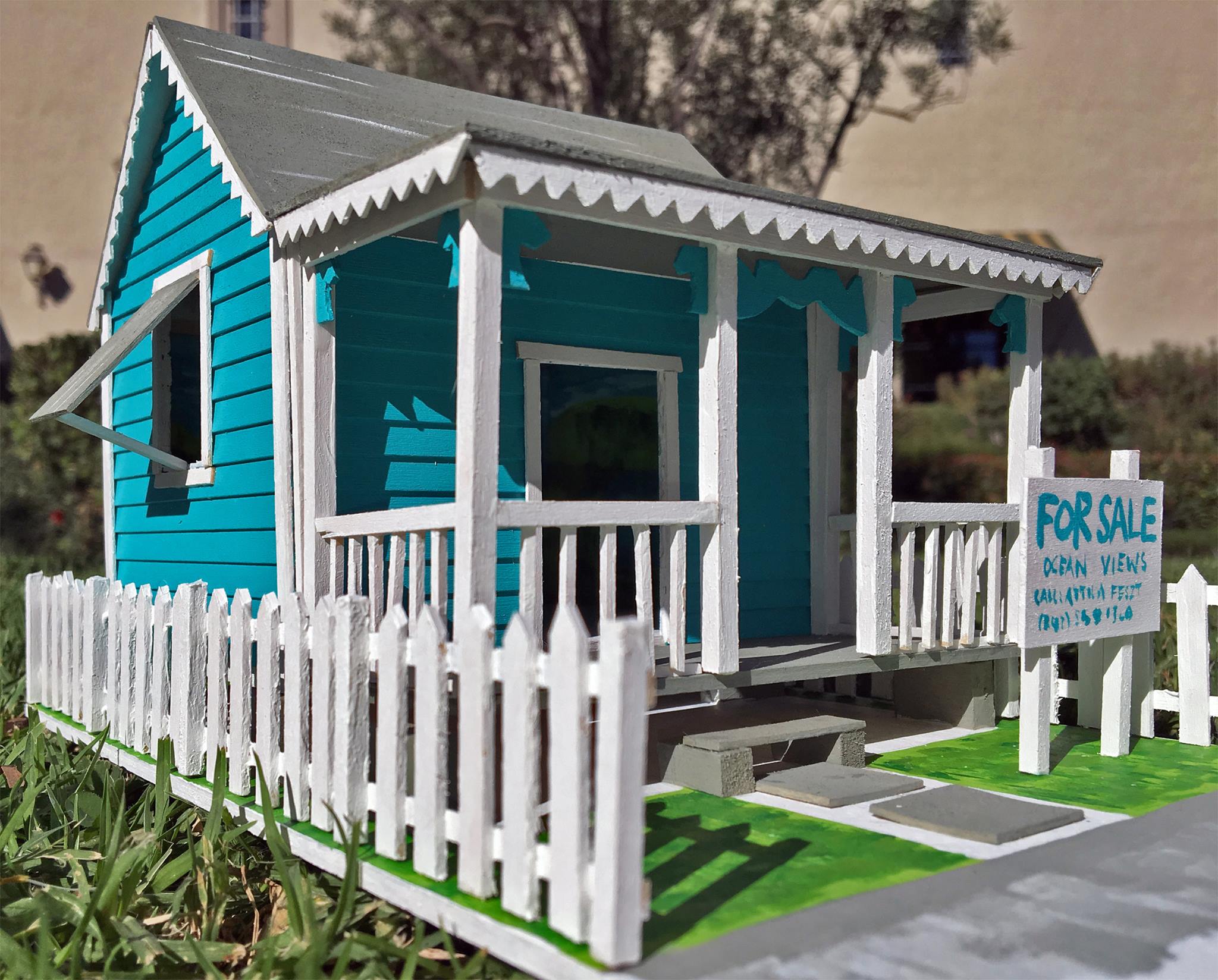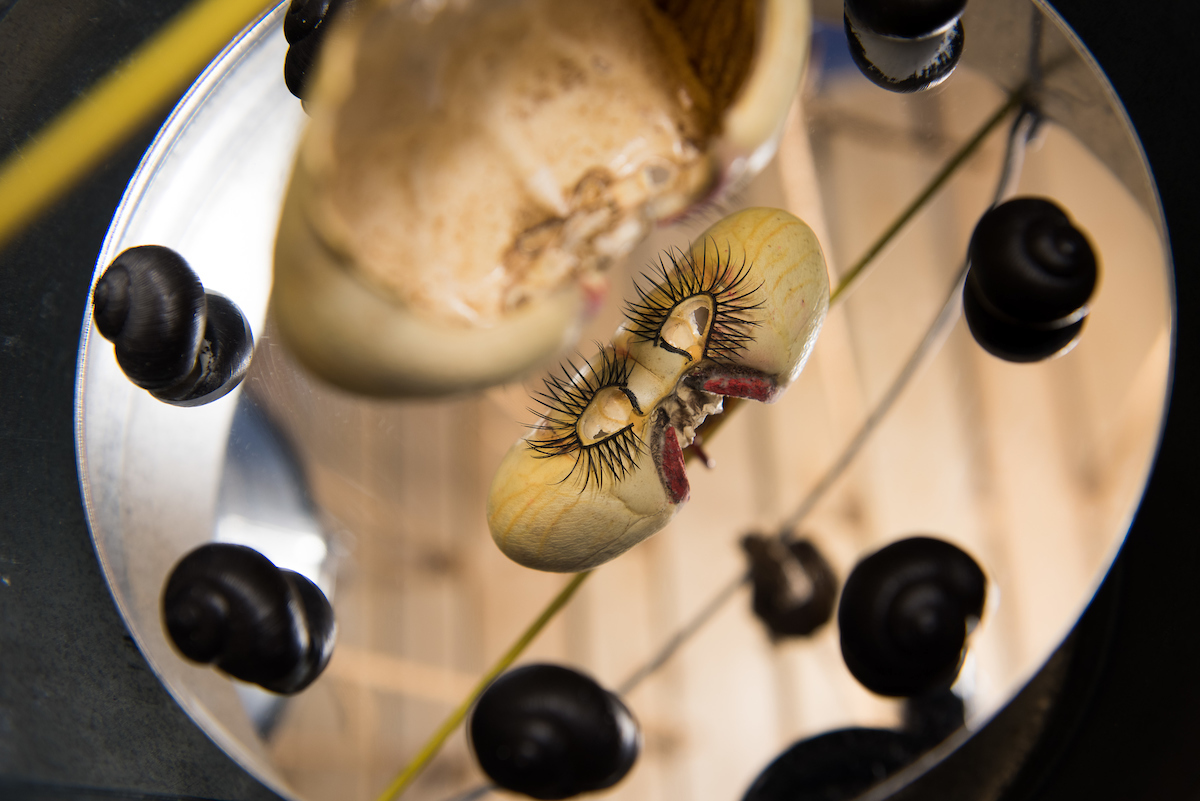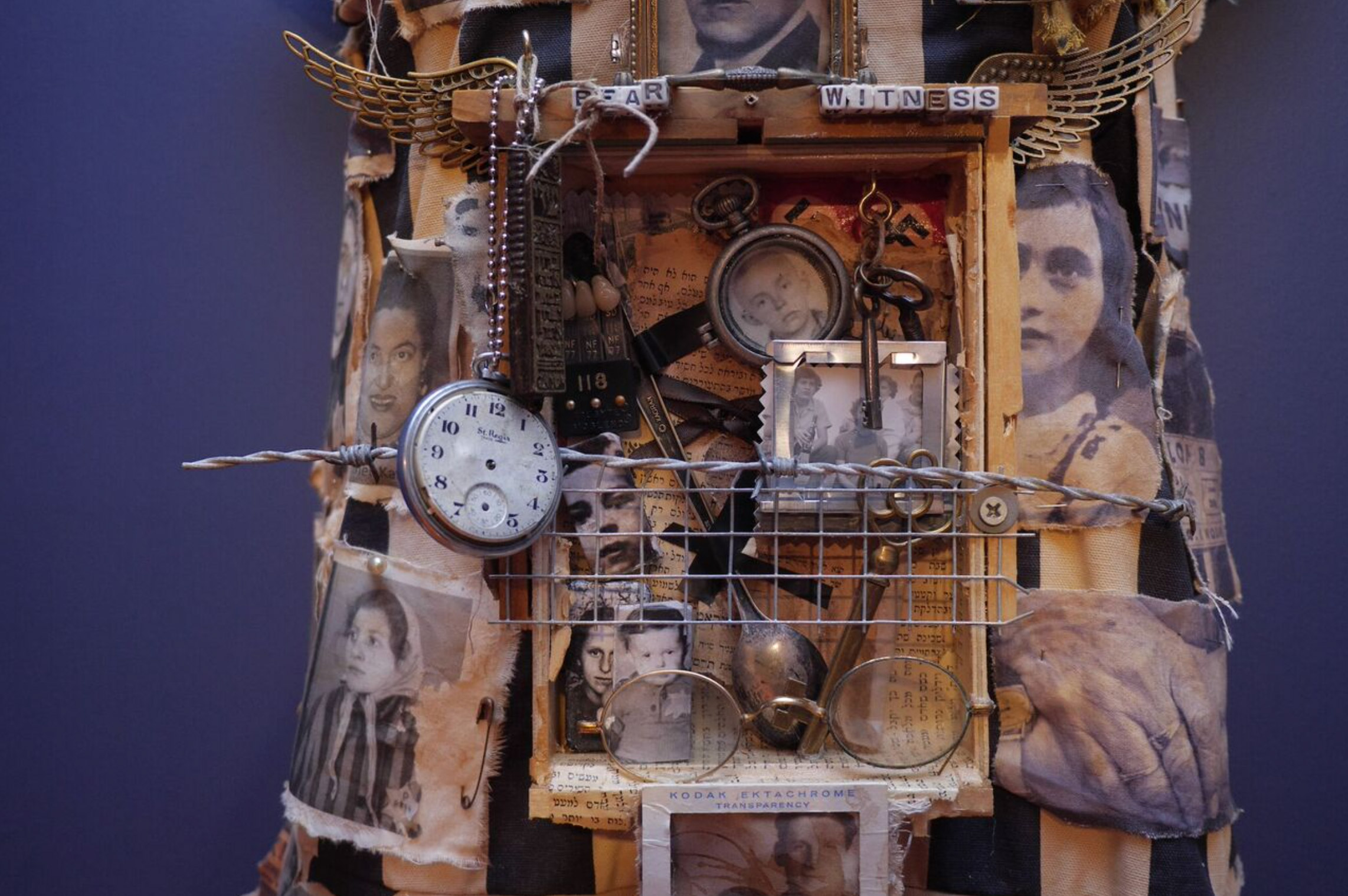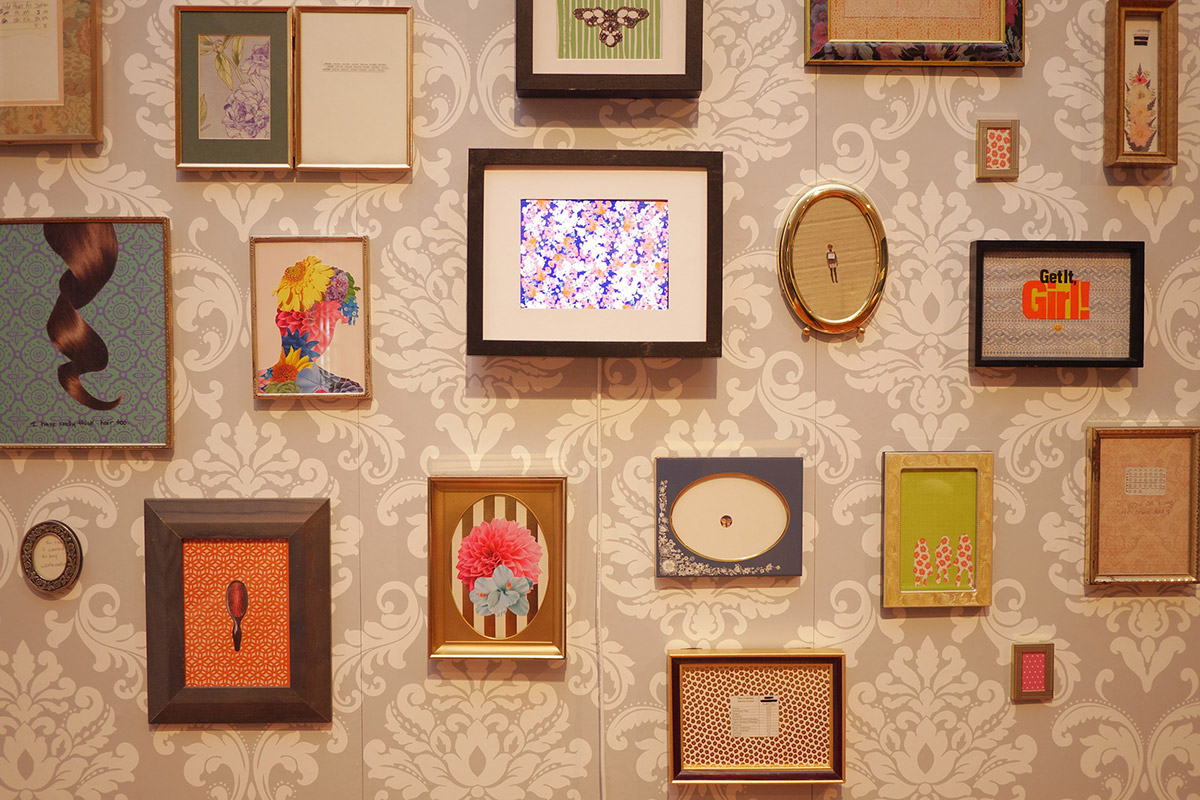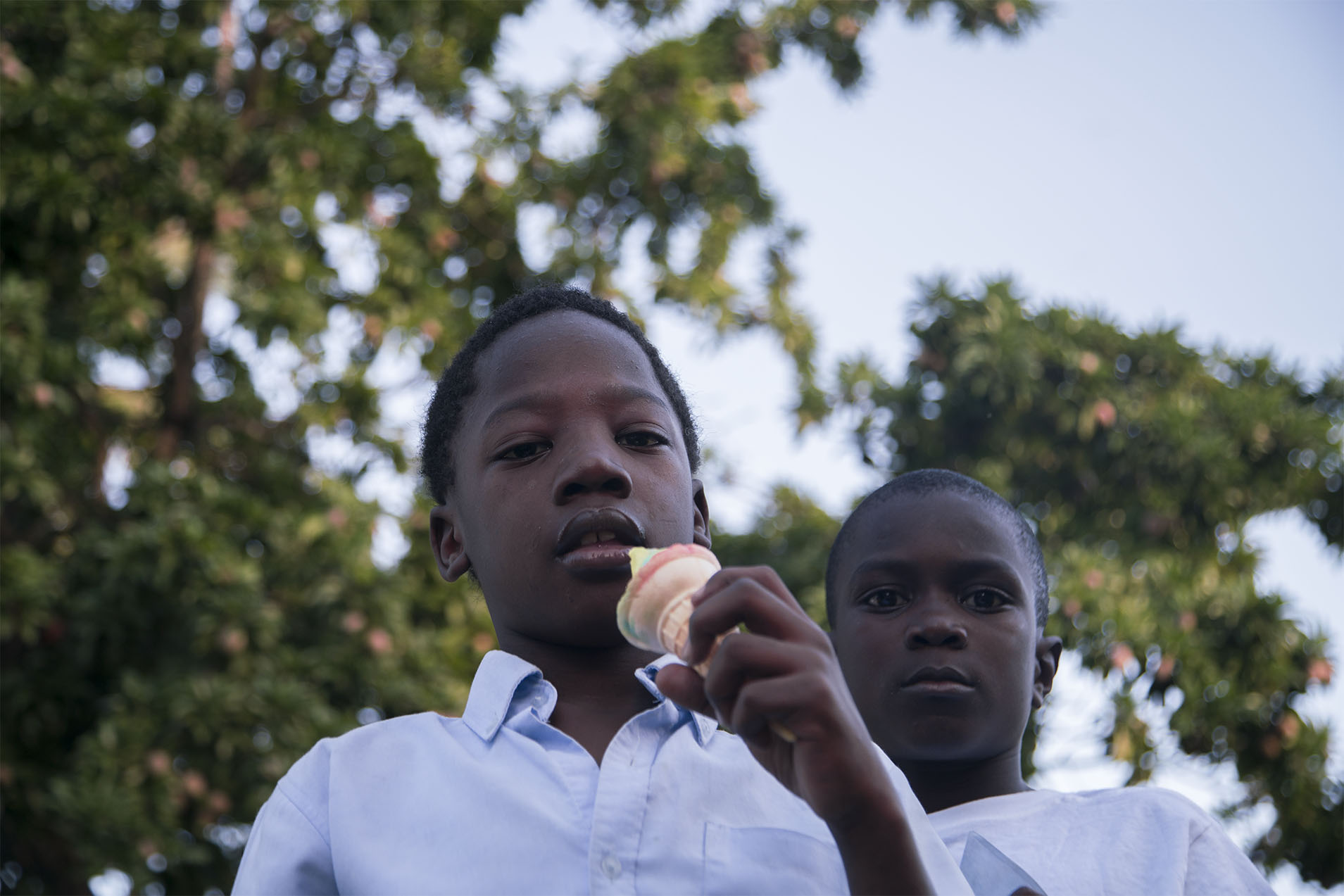By Natalie Willis. A man walks along a row of houses with a crowbar in one hand, a piece of wood in the other, he is speaking to someone: a friend, an acquaintance, a family member, a neighbour perhaps? The houses are neat, patched up with care – no doubt due to the stresses of time and hurricanes alike, there’s only so much this old clapboard can take. The street is neat, orderly, a pubescent boy leans against a tree in the shade, and things feel calm, serene in the row of homes. This is not what people think of when they think of the current state of Over-the-Hill (OTH). Bain and Grants Town are woefully underserved communities, that much is certain, but they are also demonised for circumstances largely beyond their control in a cold, classist manner of stereotyping.
All posts tagged: NE8
The Long Eye of Culture: A Mash Up, a Hybrid
By Dr Ian Bethell-Bennett, The University of The Bahamas. Bahamian society and culture are already deeply creolised and vibrant, so why not make every effort, take every chance to show who we are? In the 1980s Barbadian calypsonian Gabby performed ‘Jack’, and people laughed. In the early 2000s Bahamian performer K. B. sang ‘Dey Sellin’, and people laughed. In fact people criticised him for exaggerating. ‘Dey sellin’… culture captures what we do not see. Oral and aural culture deliver serious critical visions and versions on what a go on, as the calypsos of the Trinidadian ‘Trinity’ Mighty Sparrow, Shadow and Chalkdust made critical often blistering interventions in all matters of national concern. Today, we hide from this kind of cultural richness or defame it. In “Apocolypso”–first published in 2004 and recirculated in 2013–Christian Campbell highlights the shifting tides and sands of Bahamian landscape and the accompanying cultural erosion and erasure.
Margot Bethel’s Portal: Unpacking Memories of Womanhood
Bahamian artist, Margot Bethel, explores ideas of femininity and the roles of women from both past and present day. In “Portal: There’s a WHole in the Bucket”, Bethel transforms a collection of mundane, everyday objects into a sculptural installation proposing the idea of the hole and the whole, simultaneously describing aspects of gender inequality, female stereotypes, and objectivity.
Pasting Colours: Envisioning Alternatives
Dr Ian Bethell-Bennett shares: I have visions of colour rubbing up on each other, sliding over liquid slopes of sun-drenched limestone and bleached out roads, deepened by heat and dust. Colour capturing what we do not see, but refuse to ignore. Islands are aloof, detached, yet our islands lay under the vibrant eyes of people who do not know this. They have always travelled, always ventured, always known that life is bigger than us, bigger than this island in the middle of the water, surrounded by beaches of no value until the new people came and barred these things from our lives.
‘An We is Woman Too?’: Women and Labour in the NE8
t is quite apparent in taking a stroll around the 8th National Exhibition (NE8) that there are a number of works by women, for a start, but also that many of these works by women deal with just that, with womanhood. These works are explicitly centered on the feminist canon of tackling the issue of women’s rights, or more subtly trying to turn our eyes to other aspects of femininity. Take, for example, the work of Averia Wright and her nuanced reinterpretations of our straw-work culture and the feminine, or the collaborative effort of Joann Behagg and Jackie Pinder with their clay tower of faces and chains confronting basic human rights for women and girls.
NE8 Artists’ Talk: In the Thick of Things
On Friday, February 17th, starting at 6 p.m., the National Art Gallery of The Bahamas will host an artists’ talk with four artists from the NE8 including Margot Bethel, Dr. Ian Bethell-Bennett, Susan Katz-Lightbourne and Jordanna Kelly.
The Blank Canvas: January 25, Margot Bethel and Leanne Russell
Continuing to focus on artists participating in this year’s NE8 (Eighth National Exhibition), NAGB’s Director, Amanda Coulson, is joined this week by artists Margot Bethel and Leanne Russell, both of whose work uses diverse materials, creating immersive or interactive pieces, both of which discuss gender roles or perceptions of gender in our society.
Owning our Image: Radical reclamation of self
Images have always been controlled by those in power. Dr. Ian Bethell-Bennett writes about how certain kinds of images have been used to represent us in particular ways that we usually have no control over. During slavery, blacks were depicted in a specific manner, and black women were always rendered either as workhorses, conniving thieves, jezebels, or wanton women. Here, Dr. Bethell-Bennett studies the work in the National Exhibition 8 to develop ideas around reconfiguring blackness.
The Translation Conversation: Migration and Navigating Blackness in Bahamian Womanhood
There is a very specific kind of uneasiness in black Bahamians as we try to translate our blackness when we move into other spaces, and it is most felt and visceral when we emigrate. For the eighth National Exhibition (NE8), Giovanna Swaby addresses this discomfort directly in “I Learned In Passing” (2016). Through this displaced domestic setting, Swaby builds up a narrative that so many of us can identify with as black Bahamian women travelling abroad.
Look, Listen, Live: A Space for Artistic and Cultural Expression
The National Art Gallery of The Bahamas(NAGB) has created a space we call the National Exhibition, now on its eighth run. The NE8 offers local artists and artists of the diaspora a space to express their ideas and thoughts, concepts and theories. This week Dr. Ian Bethell-Bennett writes about the documentary photographic work of Tamika Galanis currently based in North Carolina and her investigation into the Over-the-Hill communities of Grants Town and Bain Town.
